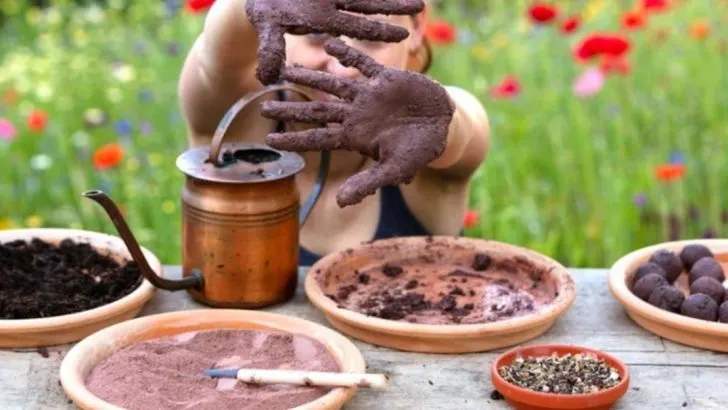Get kids excited about gardening with fun, hands-on projects that teach valuable lessons about nature, science, and sustainability. From growing their own vegetables to creating butterfly-friendly spaces, these 21 educational gardening projects will inspire curiosity and a lifelong love for plants!
Sprout a Seed Jar
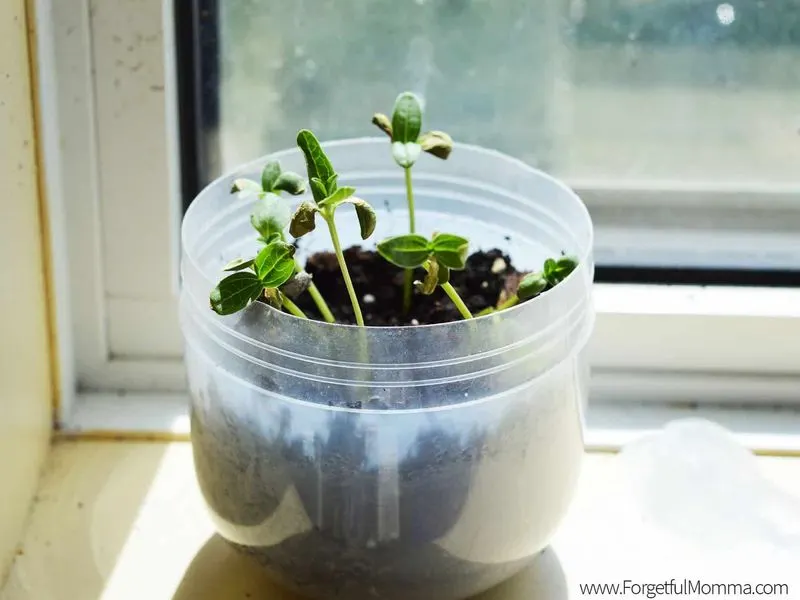
Place a damp paper towel in a glass jar and slide seeds between the glass and towel. This allows children to observe germination closely. In just a few days, sprouts should appear, revealing the magic of plant growth. Encourage kids to make daily notes of changes they see. This project is particularly great for teaching patience and the basics of plant biology. As sprouts grow, discuss the importance of sunlight, water, and nutrients. It’s a simple experiment, but one that captivates young minds with the wonders of nature.
Mini Herb Garden
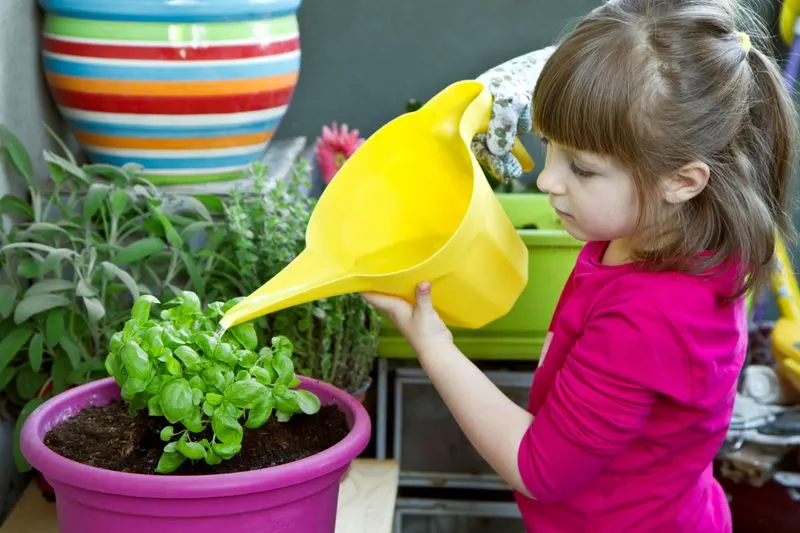
Grow a mini herb garden on your windowsill for a continuous supply of fresh herbs. Select easy-to-grow herbs such as basil, mint, or parsley. Children can learn about different flavors and how plants benefit our meals. This project also provides a sensory experience as kids enjoy the scents and textures of herbs. Encourage them to take charge by watering and trimming the herbs regularly. Integrating these herbs into simple recipes can be a fun way to appreciate their hard work and understand the farm-to-table concept.
Butterfly Garden
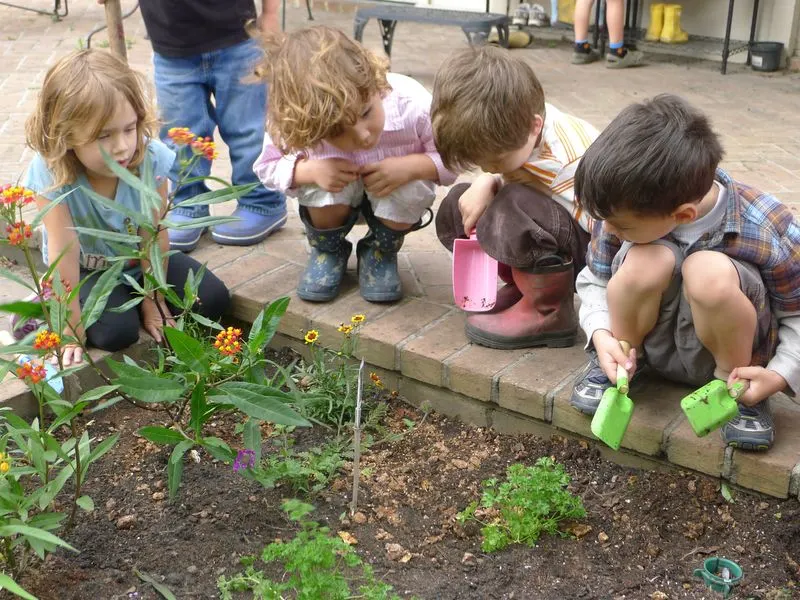
Transform a small patch of your garden into a butterfly haven. Choose plants like milkweed, zinnias, and marigolds that are known to attract butterflies. Discuss the lifecycle of butterflies and the role of pollinators in nature. Children will enjoy watching these vibrant creatures visit regularly, enhancing their appreciation for biodiversity. Encourage them to document the different types of butterflies they see. This project not only beautifies the garden but also creates a sustainable habitat for these important insects.
DIY Bird Feeder
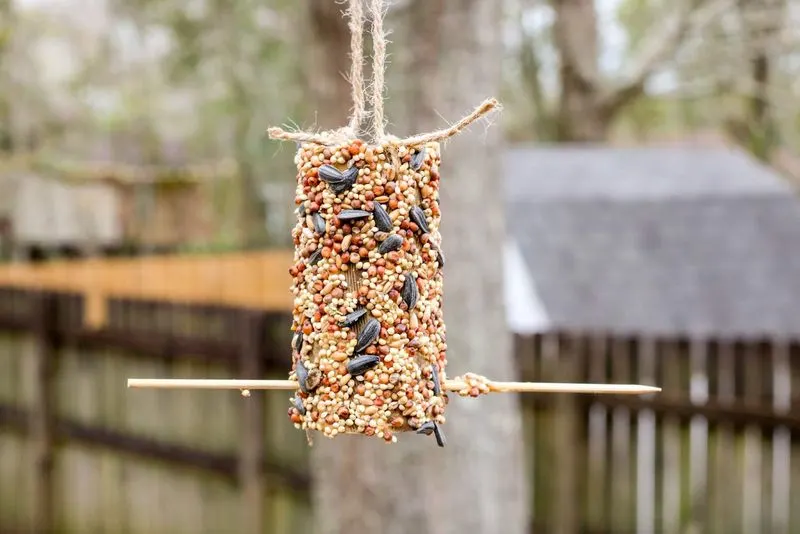
Craft a DIY bird feeder using recycled materials like a milk carton or plastic bottle. This teaches children about sustainability and recycling. Hang the feeder in a tree and watch as various birds come to feast. Kids can research different bird species and keep a journal of their sightings. This project fosters patience and observational skills. Plus, it highlights the importance of supporting local wildlife. As birds visit, discuss the different foods they prefer and how seasons affect their feeding habits.
Grow a Sunflower

Planting sunflowers is an exciting project due to their impressive height. It gives children a sense of accomplishment as they track their growth over time. Begin by sowing seeds in a sunny spot and ensure they are watered regularly. Sunflowers also provide an opportunity to teach about the importance of sunlight and photosynthesis. Their towering presence in the garden can inspire conversations about ecosystems and the role of plants. Once they bloom, children can harvest seeds to feed birds or save for next season.
Vegetable Patch
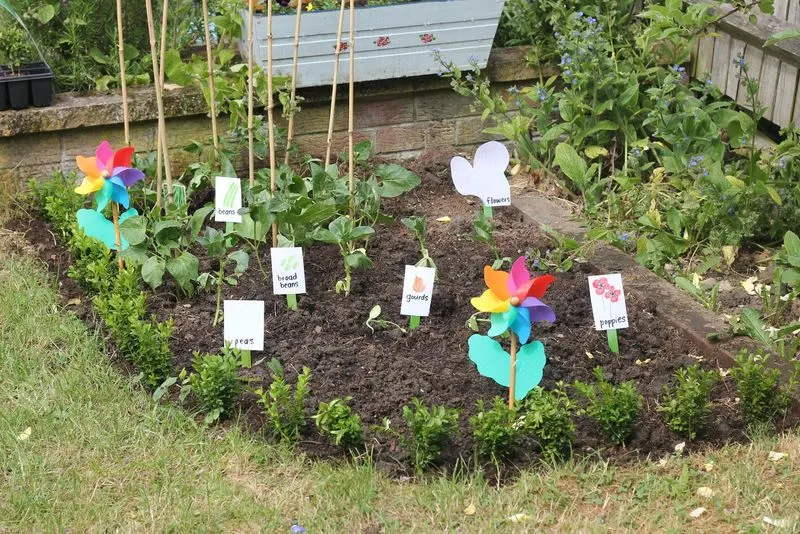
Create a small vegetable patch and introduce children to the joys of growing their own food. Choose easy-to-grow veggies like carrots, lettuce, and tomatoes. This project offers lessons in responsibility and nutrition, as children tend to plants and understand where food comes from. Encourage them to track growth stages and participate in harvesting. The experience of picking and tasting fresh vegetables straight from the garden can be incredibly rewarding and educational, fostering a deeper appreciation for healthy eating habits.
Worm Composting Bin
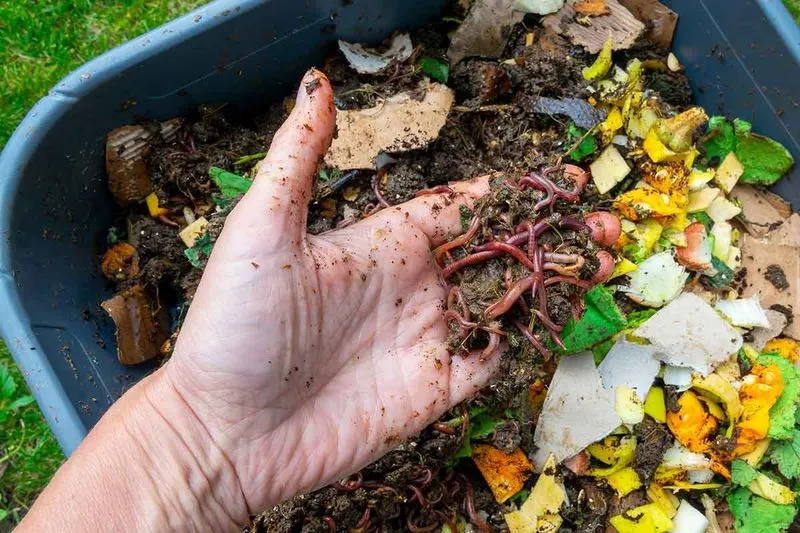
Set up a worm composting bin to teach children about recycling organic waste. This project highlights the importance of composting and how worms contribute to soil health. Kids can collect kitchen scraps and observe worms turning them into nutrient-rich compost. Discuss the benefits of reducing waste and how compost improves plant growth. It’s a hands-on way to engage with ecology and sustainability. As children monitor the process, they develop an understanding of life cycles and the interconnectedness of ecosystems.
Terrarium Creation
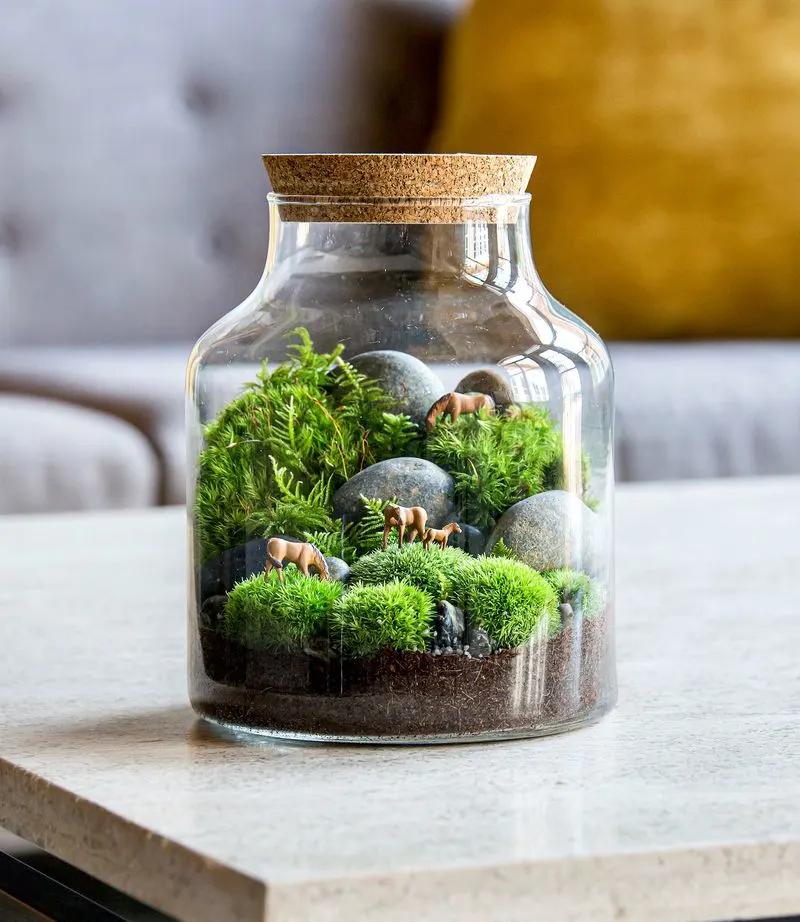
Build a terrarium to explore ecosystems in a miniature form. Use a glass container, pebbles, soil, and small plants to create a self-sustaining environment. This project allows children to learn about plant care and the water cycle. As they design their terrarium, creativity comes into play, offering a personal touch. It’s an excellent way to discuss photosynthesis and closed ecosystems. Kids can take pride in maintaining their tiny world, observing how plants thrive under their care and the balance necessary within.
Garden Scavenger Hunt
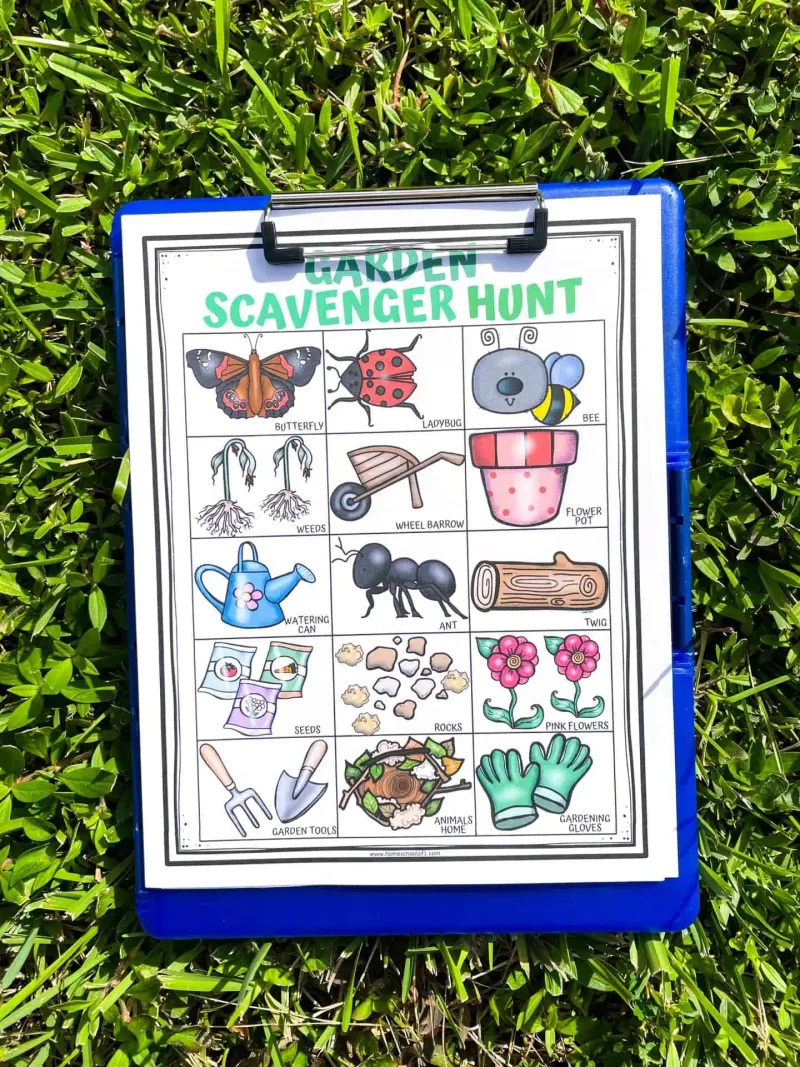
Organize a garden scavenger hunt to boost observational skills. Create a list of natural items to find, like different leaf shapes, insects, or flowers. As children explore, they become more aware of their environment, learning to distinguish between species and understanding biodiversity. This dynamic activity encourages curiosity and enhances exploration skills. It’s a fun way to engage with nature, prompting discussions about ecosystems and the roles of various organisms. Kids can also learn to identify seasonal changes and patterns.
Seed Bombs
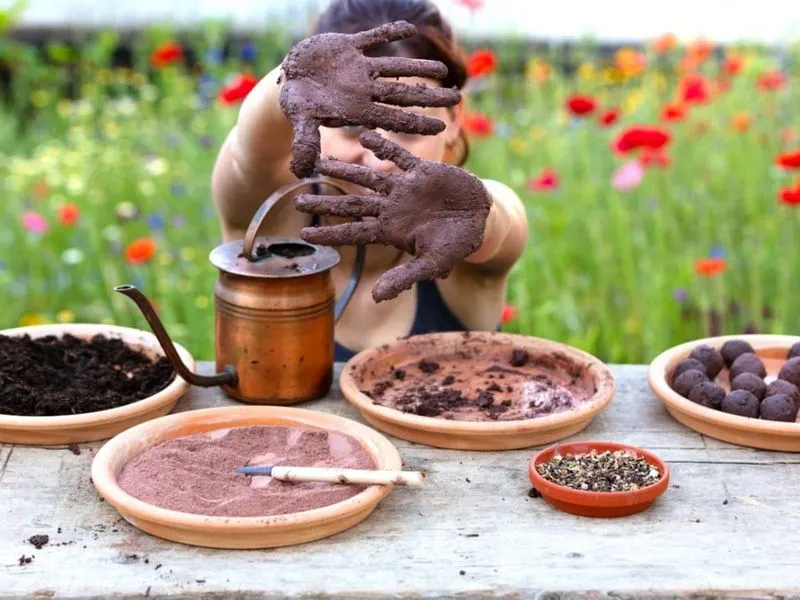
Craft seed bombs to bring patches of color to any garden space. Mix soil, clay, and wildflower seeds to form small balls. Once dried, they can be thrown into the garden or vacant lots. This guerrilla gardening technique helps children understand seed dispersion and plant growth. It’s a creative project that gives a sense of contribution to the environment. As plants bloom, kids see firsthand the impact of their efforts, learning about pollination and the importance of flowering plants in ecosystems.
Leaf Prints
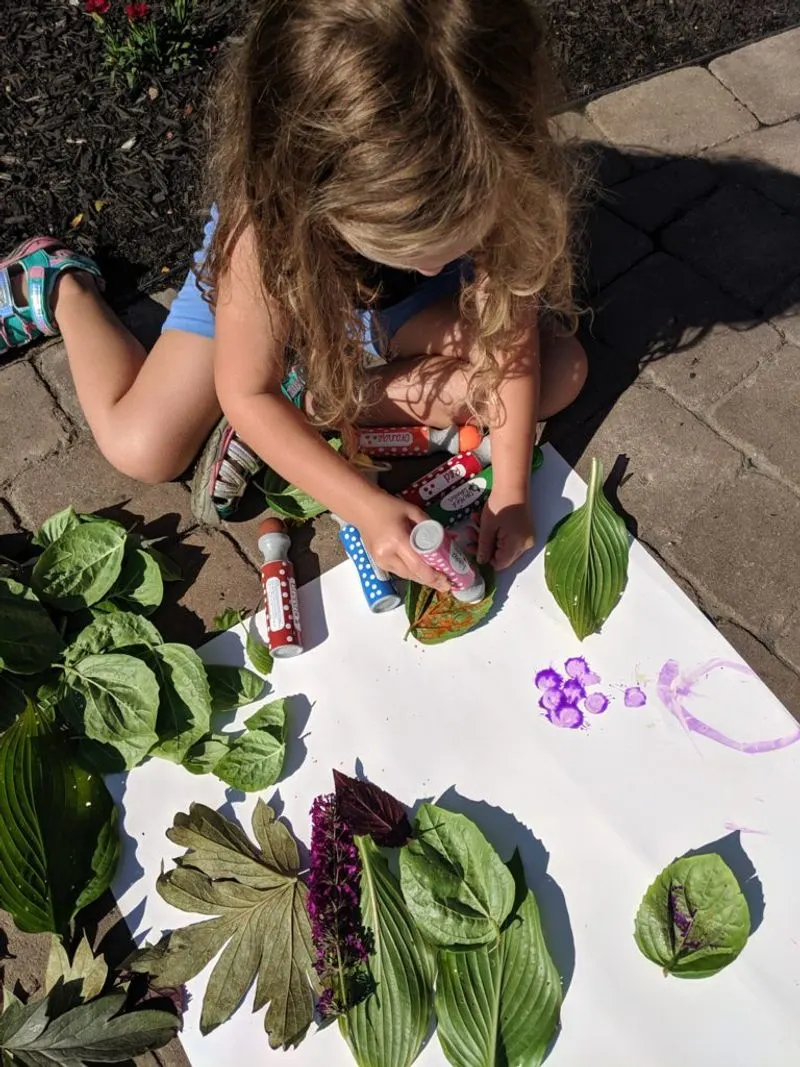
Create art using leaves to explore textures and patterns found in nature. Collect various leaves and apply paint to their surfaces, then press onto paper to make prints. This project combines creativity with botanical learning, as children identify leaf types and structures. It’s an engaging way to discuss photosynthesis and plant anatomy. Through artistic expression, kids gain a tactile appreciation for nature, understanding the diversity of plant life. These prints can also serve as beautiful reminders of their exploration and learning.
Watering Schedule Chart
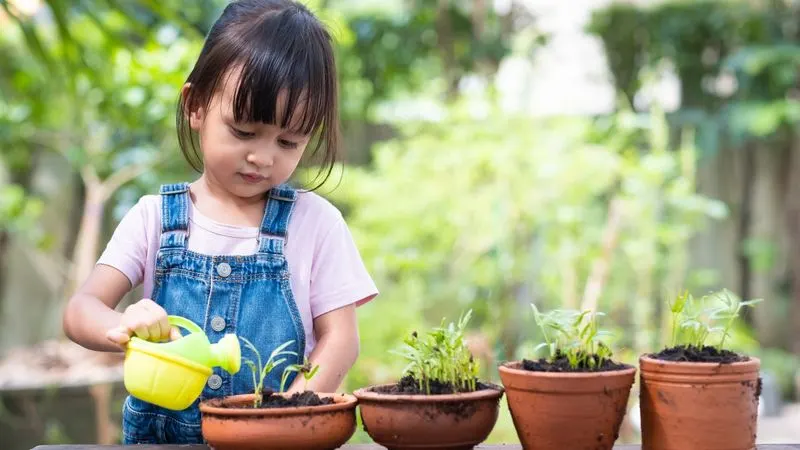
Incorporate responsibility into gardening with a watering schedule chart. Help children create a colorful chart to track when different plants need watering. This teaches time management and the importance of regular plant care. As kids mark off each task, they feel a sense of achievement and accountability. Discuss how different plants have varied water needs and the effects of over or under-watering. Through this project, children learn to observe plant responses and develop empathy for living things depending on their care.
Sculptural Plant Stakes
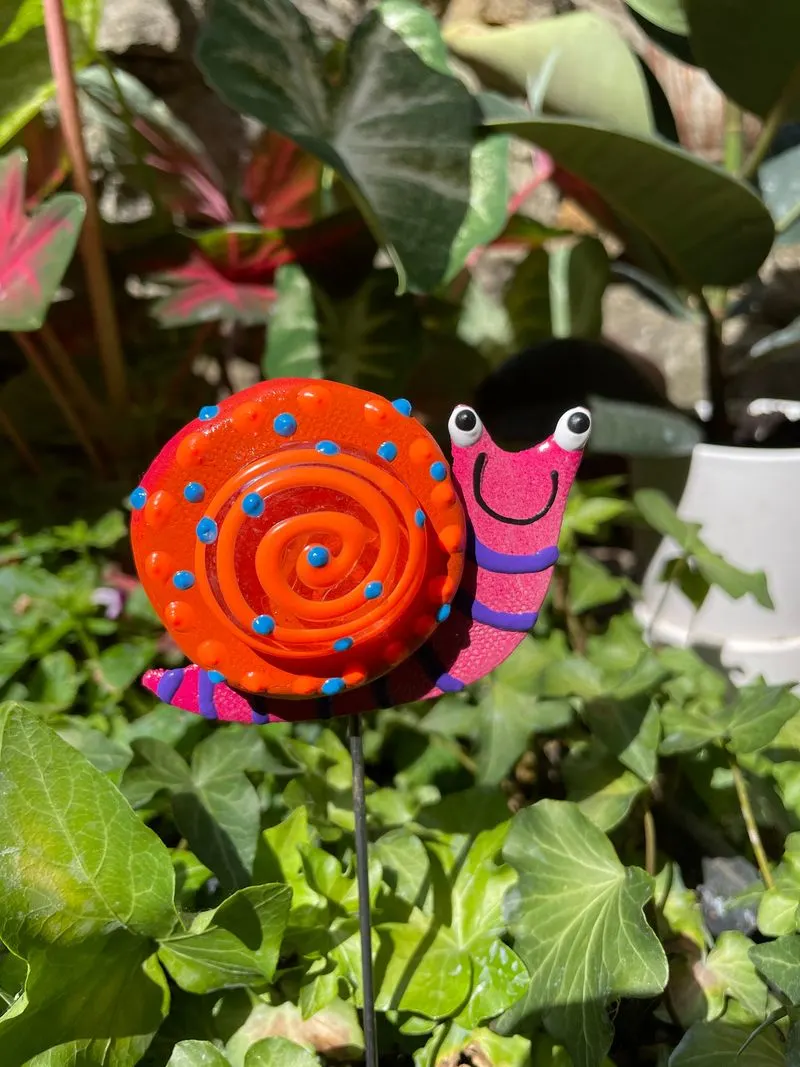
Design and decorate plant stakes to bring creativity to the garden. Use materials like wood or recycled items, and shape them into animals or other fun figures. This adds a personal touch to the garden while marking plant types or rows. Children enjoy the artistic element, which inspires pride in their garden space. It provides a canvas for imagination, while also offering practical utility. Kids learn about plant identification and organization within the garden, connecting art with natural science.
Themed Garden Plots
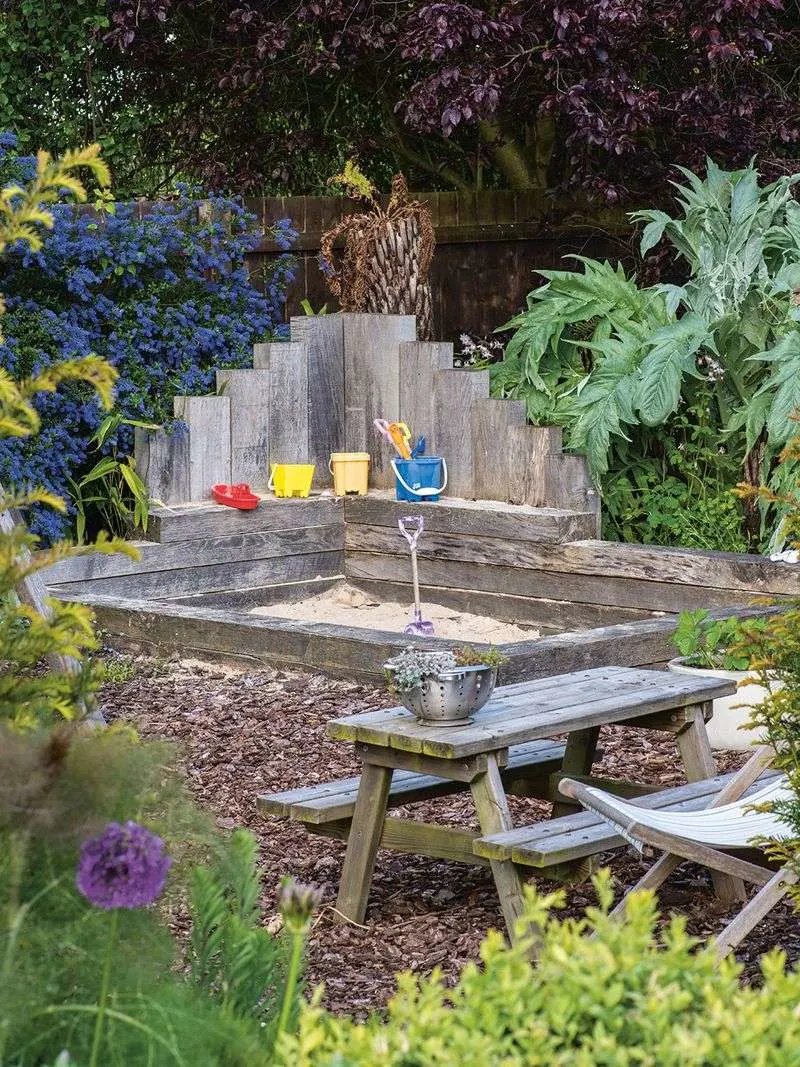
Create themed garden plots to make planting more engaging. Choose themes like a pizza garden with tomatoes and basil or a sensory garden with fragrant and tactile plants. This concept allows children to explore connections between plants and their uses. As they plant and tend to each section, they learn about different plant characteristics and their roles in everyday life. Themed gardens can spark conversations about cuisine, culture, and the environment, making gardening an interdisciplinary learning experience.
Outdoor Fairy Garden
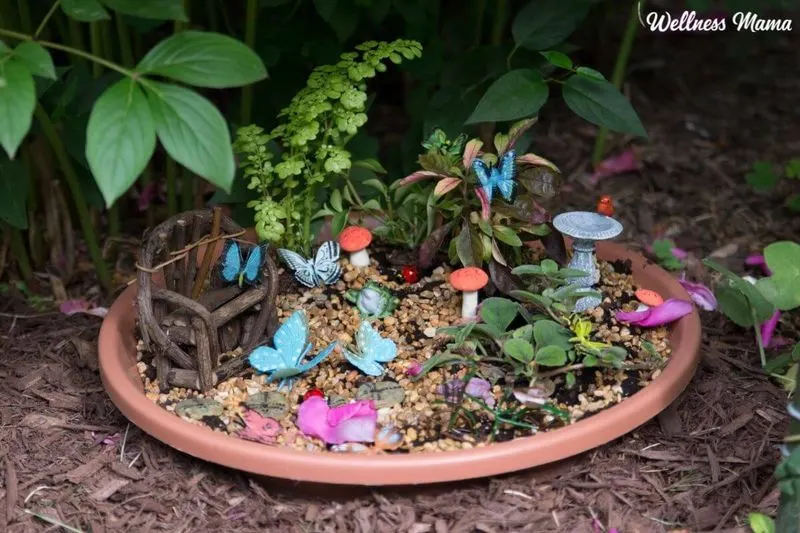
Build an outdoor fairy garden to combine imagination with horticulture. Use small plants, stones, and figurines to create a miniature landscape. This project sparks creativity and storytelling, as children design habitats for their fairy friends. It’s a delightful way to introduce basic gardening concepts, encouraging a connection with the environment. Kids learn about plant care in a playful setting, fostering a love for nature and gardening. The miniatures invite endless possibilities for personalization and expansion as they care for their magical space.
Insect Observation Station
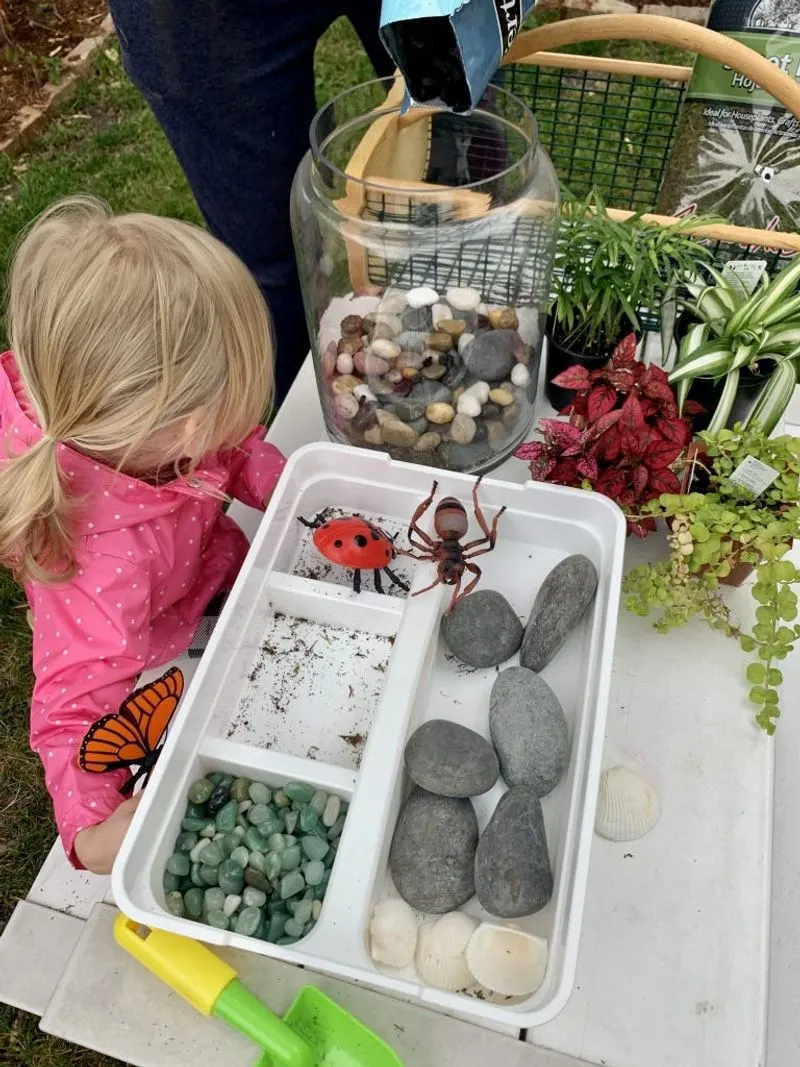
Set up an insect observation station to explore the micro-world in your garden. Use materials like wood and leaves to attract insects and create habitats. This project encourages children to observe and document insect behavior, learning about their roles in ecosystems. It’s an engaging way to discuss biodiversity and the importance of insects in pollination and decomposition. Kids develop patience and attention to detail as they watch these small creatures, gaining respect for the intricate web of life present in their garden.
Rain Gauge Project
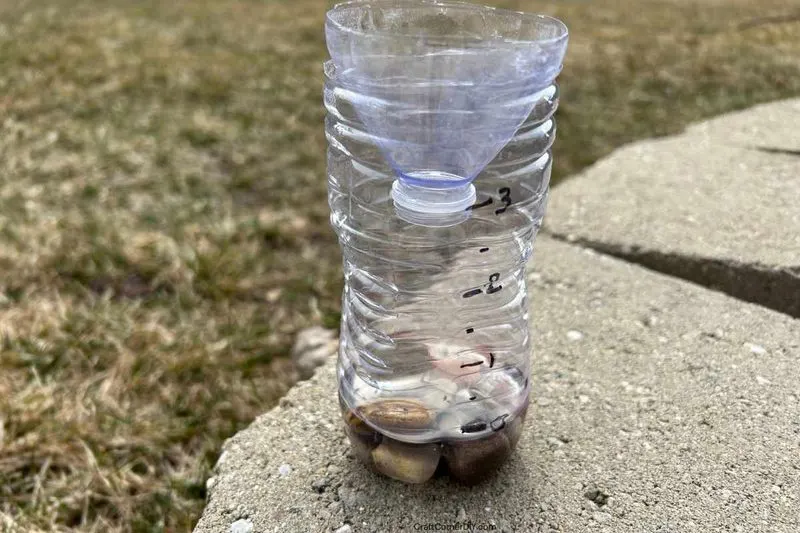
Create a rain gauge to measure precipitation in your garden. Use a clear plastic bottle marked with measurement lines. This project introduces basic meteorology and helps children understand weather patterns. Regularly checking the gauge encourages consistent observation and data recording. Discuss the impact of rainfall on plant growth and water conservation. It’s a practical way to connect with natural processes and understand environmental factors affecting gardening. Children become more aware of their local climate and its influence on the ecosystem.
Garden Yoga Sessions
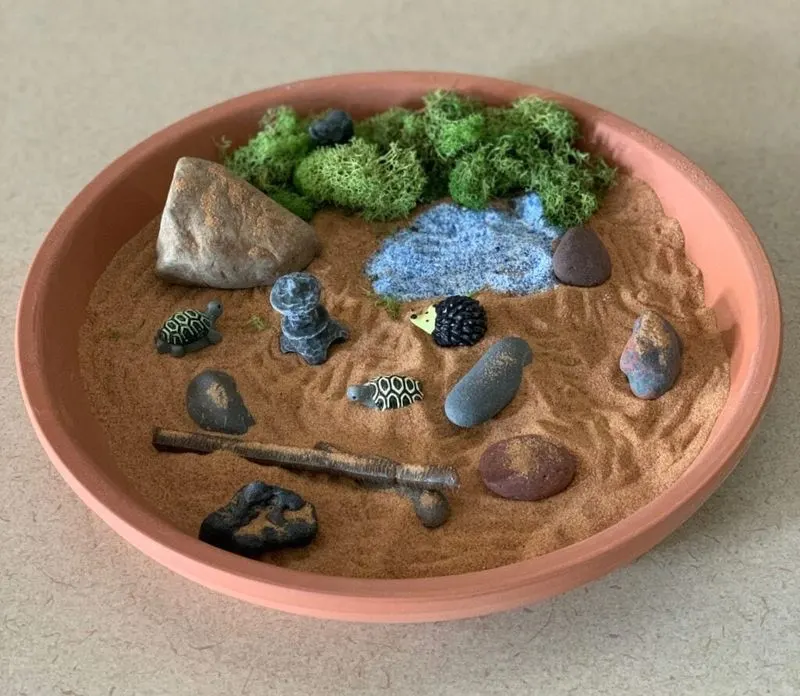
Combine physical activity with gardening by introducing garden yoga sessions. Encourage children to imitate plant movements and poses inspired by nature. This activity promotes mindfulness and connection with the natural surroundings. The gentle exercise enhances flexibility and relaxation, making it an enjoyable outdoor experience. Discuss the benefits of physical health and mental well-being through nature interaction. Kids learn to appreciate the tranquility of garden spaces while developing healthy habits. It’s a holistic approach to cultivating both body and mind in harmony with the environment.
Plant Growth Chart
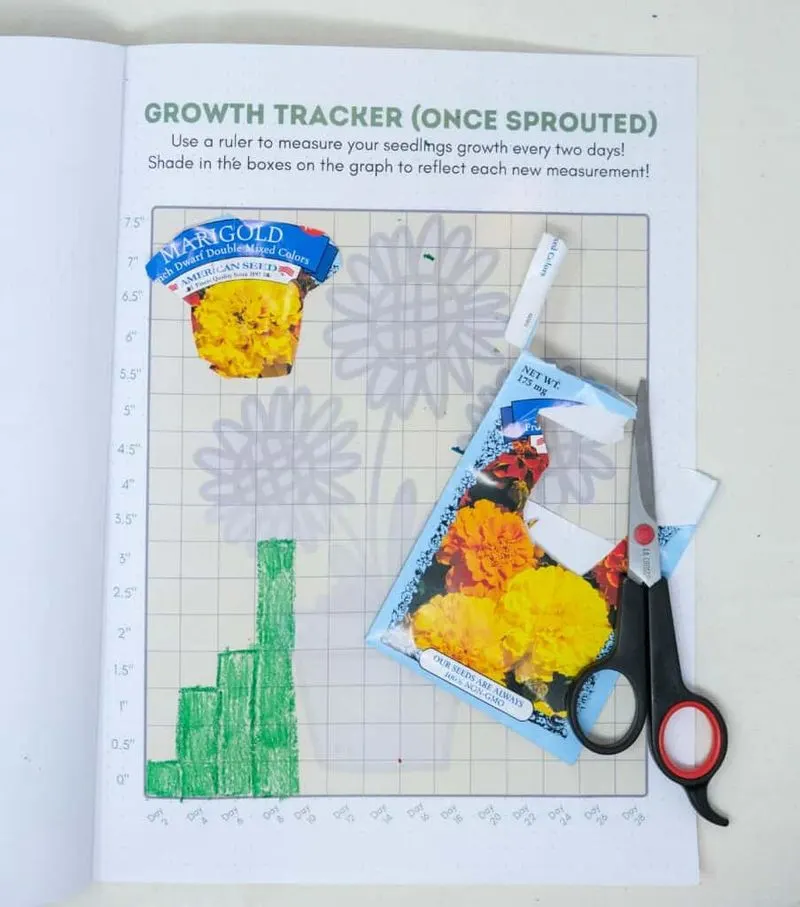
Create a plant growth chart to visualize development stages. Children can draw plants and mark heights over time, fostering an understanding of growth patterns. This project blends art with science, encouraging creativity while teaching botany basics. Kids gain insight into the life cycle of plants and the factors affecting growth. Tracking changes promotes observation skills and attention to detail. The chart becomes a personalized record of their gardening journey, offering a sense of accomplishment as they witness progress firsthand.
Recycled Container Planters
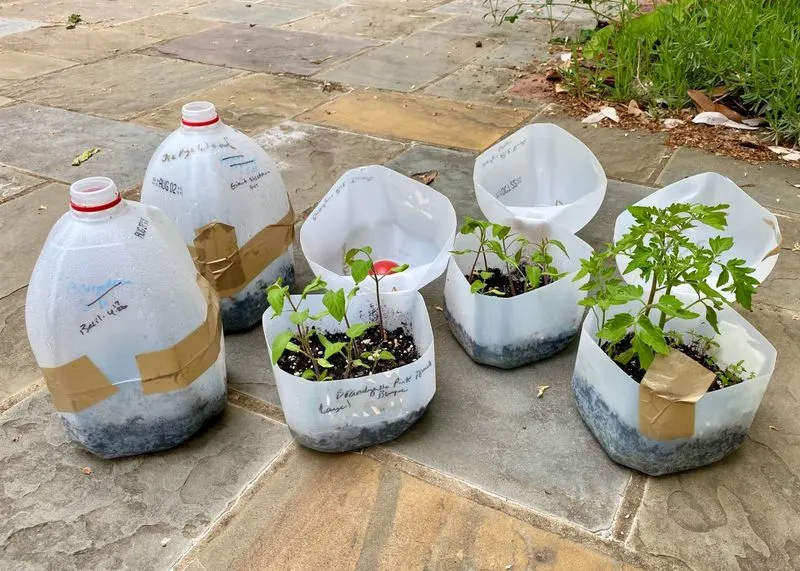
Use recycled containers as planters to teach sustainability. Gather items like soda bottles, cans, or old buckets and transform them into vibrant plant holders. This project encourages environmental responsibility and creative reuse of materials. Children learn about resourcefulness, seeing potential in everyday objects. Planting in these containers highlights the adaptability of plants and the importance of recycling. As they watch their plants flourish, kids understand the benefits of repurposing waste into something beautiful and functional, fostering eco-friendly habits.
Nature Mandalas
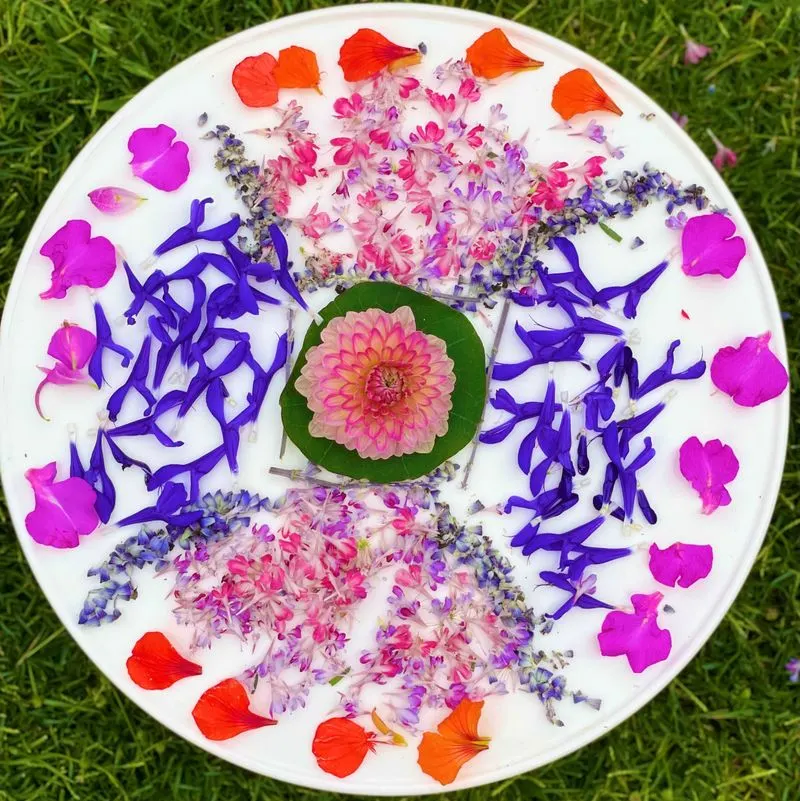
Create nature mandalas using leaves, flowers, and stones. Arrange these natural materials in circular patterns on the ground, embracing symmetry and balance. This project blends art, meditation, and environmental appreciation. Through careful selection and placement, children enhance their creativity and fine motor skills. Discuss the significance of mandalas in different cultures and their calming effects. Nature mandalas offer a meditative practice, encouraging mindfulness in outdoor settings. Kids connect with their surroundings through this artistic expression, appreciating the beauty and diversity of natural elements.

